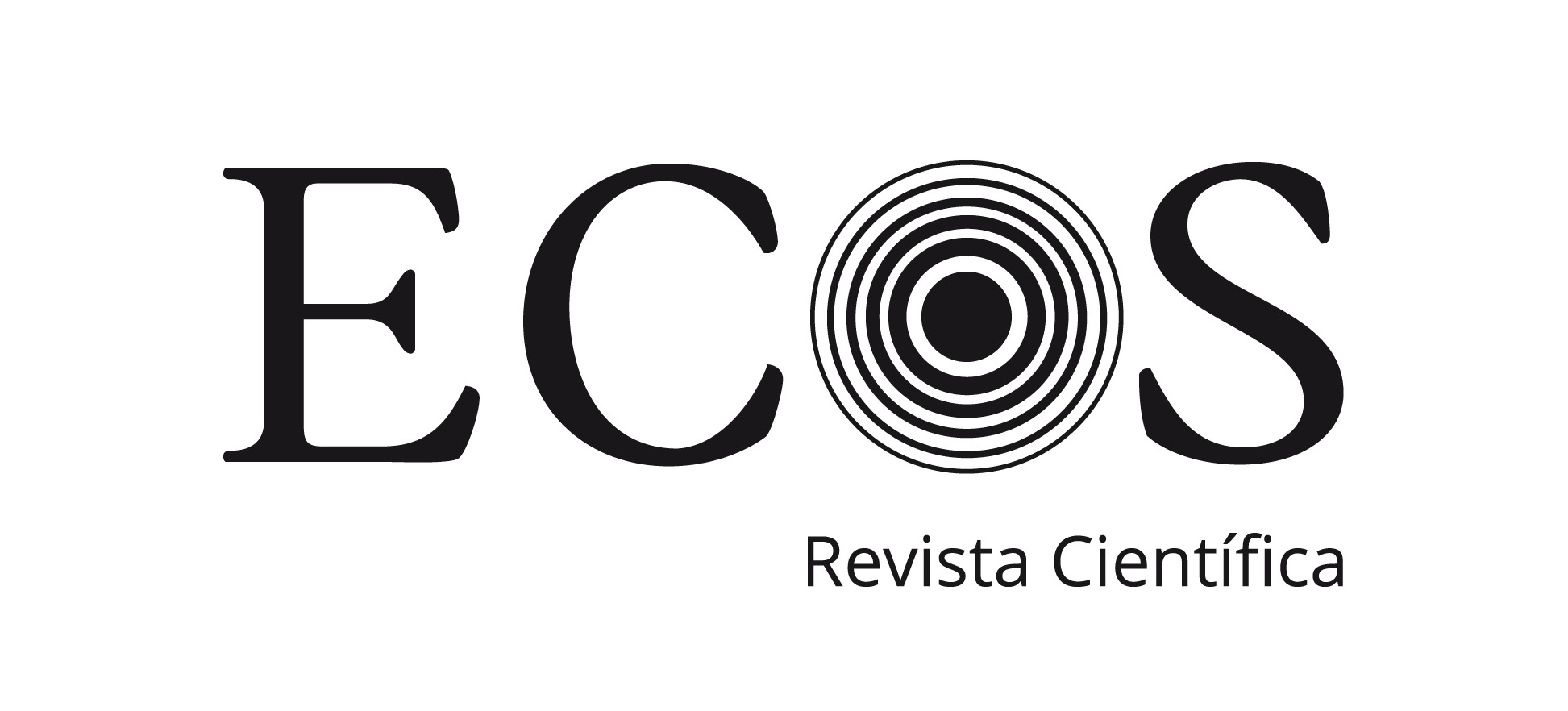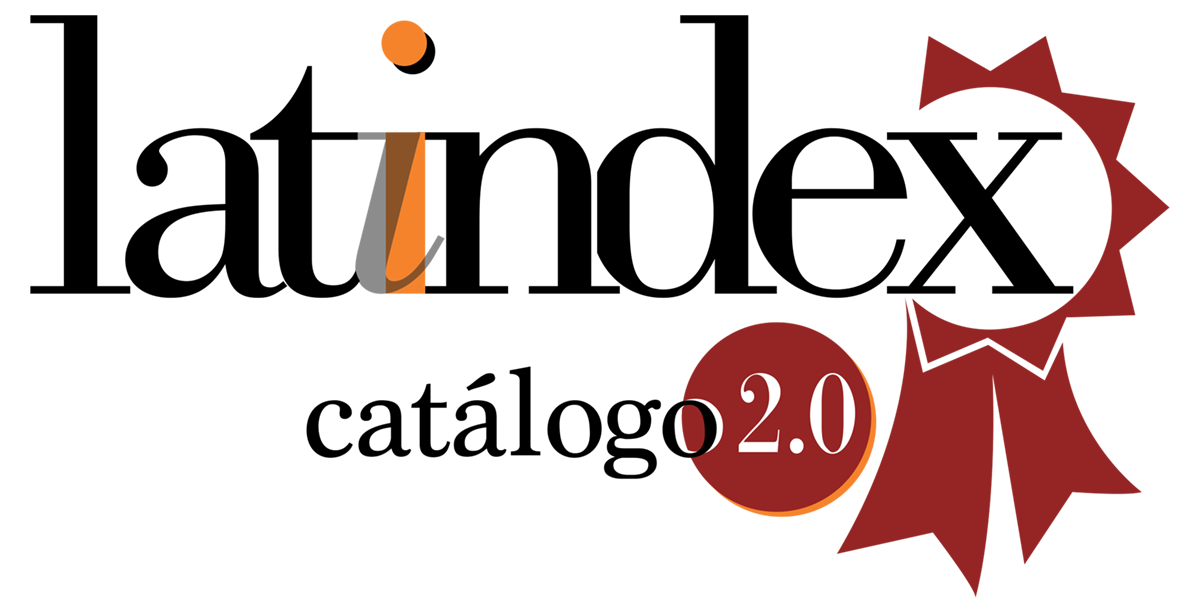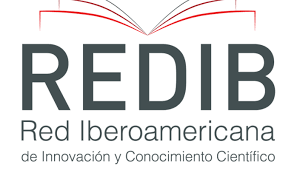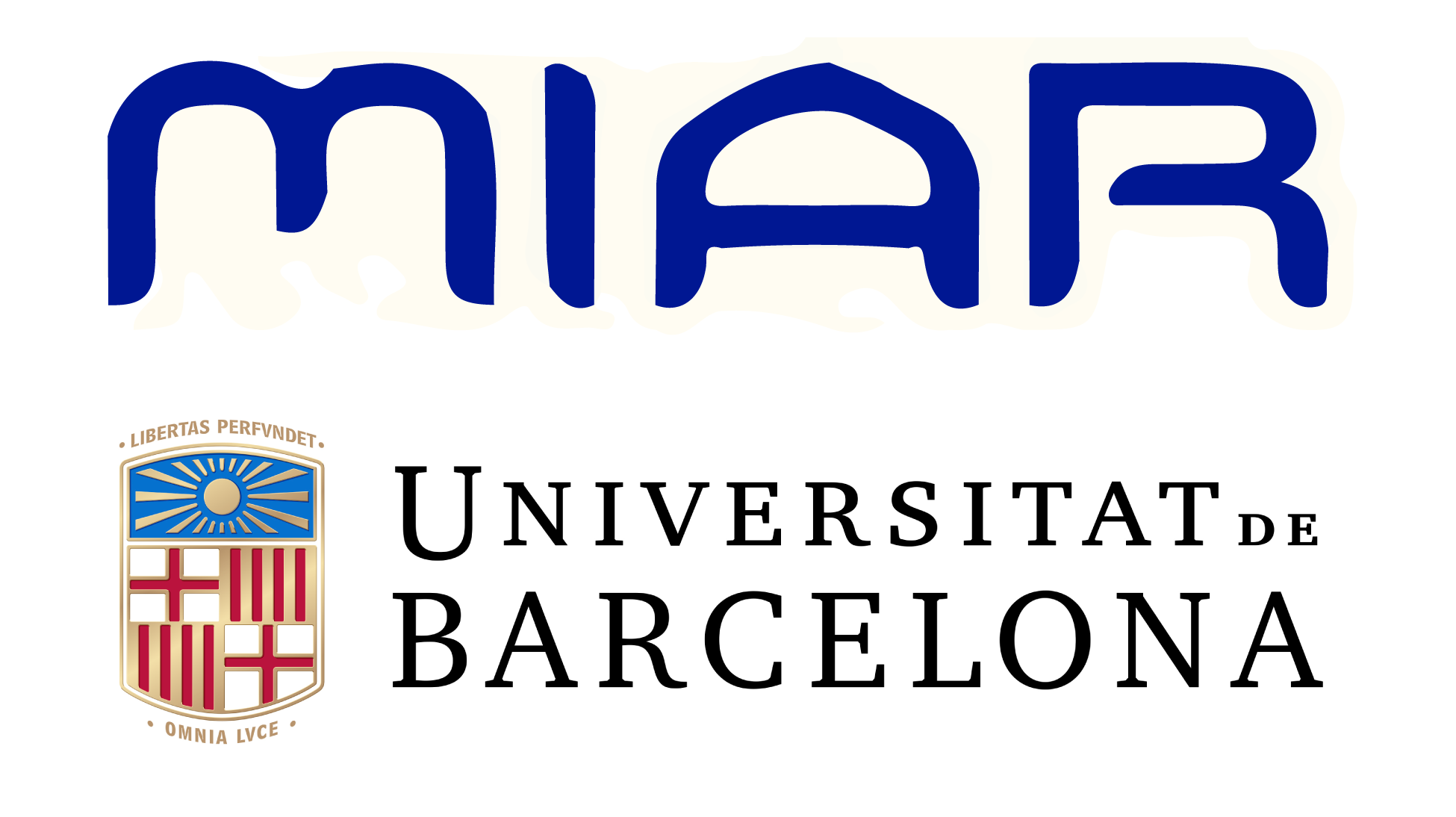Notions of music in musictherapy
Artículo de revisión narrativa
DOI:
https://doi.org/10.24215/27186199e025Keywords:
música, nociones, práctica musicoterapéutica, teoría, aplicaciónAbstract
The specific objective of this article aims to make a review and exposition of the different notions of music developed by different schools of thought in music therapy. As a second objective, those notions of music are related to the training of the professional. Finally, a review of its implication in music therapy practice will be introduced. The first part of the article raises the complexity that underlies when defining music. For this, different theoretical positions are required to develop these definitions in music therapy specifically. The second part presents a relationship between the notions of music conceptualized by different authors and exposes the rationale for its use in the music therapy process. To conclude, it is observed that, within the theoretical material, mostly found in English, the relationship between the notion of music and music therapy intervention is reciprocated. In other words, the notions of music in music therapy offer the possibility of raising a discussion that enhances the specificity of the music therapy process.
Downloads
References
Abramovici, G. (2016). Principios de analogía y polifonía en el estudio de casos. ECOS - Revista Científica De Musicoterapia Y Disciplinas Afines, 1(2), 65-90. Recuperado a partir de https://revistas.unlp.edu.ar/ECOS/article/view/10595
Aigen, K. (1991b). The Roots of Music Therapy: Towards an Indigenous Research Paradigm. (Doctoral Dissertation, New York University).
Aigen, K. (1995b). The Aesthetic Foundation of Clinical Theory: A basis of Nordoff-Robbins Music therapy. In C.B. Kenny (Ed.), Listening, playing, creating: Essays on the power of sound (pp. 233–257). Albany, New York: State University of New York Press.
Aigen, K. (2005b). Being in Music: Foundations of Nordoff-Robbins music therapy. Gilsum, NH: Barcelona.
Aigen, K., (2005a). Music-centered music therapy. Gilsum, NH: Barcelona.
Aigen, K., (2014). The study of music therapy current issues and concepts. Park Square, Milton Park, Abingdon, Oxon OX14 4RN
Ansdell, G. (1999b). Music therapy as Discourse and Discipline: A Study of “Music Therapist’s Dilemma.” (Doctoral Dissertation, City University, London).
APA, (2017). Society for Humanistic Psychology from American Psychological Association. Consultado el 10 de julio de 2017. Recuperado en http://www.apa.org/about/division/div32.aspx
Bertoni, S. (2017). “El concepto de música en musicoterapia”. (Tesina de grado). Licenciatura en Musicoterapia. Facultad de Psicología. UBA
Bonde, L. O., (2000). Metaphor and Narrative in Guided Imagery and Music. Journal of the Association for Music and Imagenry 7, 59-76
Bruscia, K., (1987). Modelos de improvisación en musicoterapia. Buenos Aires, Argentina: Ed Agruparte Música, arte y proceso
Bruscia, K., (1995). Modes of Consciousness in Guided Imagery and Music (GIM): A Therapist’s Experience of the Guiding Process’. Quantitative and Qualitative Perspectives. Phoenixville: Barcelona Publishers
Bruscia, K., (1998). Defining Music Therapy (2nd ed.). Gilsum, NH: Barcelona.
Bruscia, K., (2000). The Nature of Meaning in Music Therapy. Ken Bruscia interviewed by Brynjulf Stige. Nordic Journal of Music Therapy 9, 2, 84-96.
Elliot, E. W., (1995). Educar la visión artística. Paidós Educador. Barcelona, España
Gerbaudo, N. (2020). Musicar. Aportes interdisciplinarios al campo de la Musicoterapia. ECOS-Revista Científica de Musicoterapia y Disciplinas Afines, 5(2), 49-88. Artículo de revisión.
Gfeller, K.E. (2012). Music as communication. In K.E. Bruscia (Ed.), Readings in music therapy theory (pp. 493–511). Gilsum, NH: Barcelona.
Kirkland, K., (2013). International dictionary of music. Church Road, Hove, East Sussex BN3 2FA
Pavlicevic, M. (1995). Interpersonal process in clinical improvisation: Towards a subjectively objective systematic definition. In T. Wigram, B. Saperston, & R. West (Eds.), The art and science of music therapy: A handbook (pp. 167–178). Chur, Switzerland: Harwood Academic Publishers.
Priestley, M. (2012). Music therapy in action (2nd ed.). Gilsum, NH: Barcelona.
Ricoer, P. (1978). The rule of metaphor. Multi-disciplinary studies of the creation of meaning in language. London: Routledge.
Rolvsjord, R., (2010). Resource-Oriented Music Therapy in Mental Health Care. Gilsum, NH: Barcelona Publishers. 282 pp, ISBN 978-1-891278-55-6
Ruud, E., (1990). Music Therapy and its Relationship to Current Treatment Theories. Oslo, Noruega, Ed Bonum, Buenos Aires, Argentina
Saussure, F. (1985). Curso de Lingüística General. Buenos Aires: Planeta Agostini
Shifres, F. (2007). La Música como Experiencia de Intersubjetividad. El hacer musical conjunto desde la perspectiva de segunda persona. I Encuentro Argentino de Musicoterapia. Investigación y Salud Comunitaria. Cámara de Diputados de la Nación, Buenos Aires.
Small, C. (1998). Musicking: The meanings of performing and listening. Hanover, NH: University Press of New England.
Stige, B. (2002a). Culture-centered music therapy. Gilsum, NH: Barcelona.
Stige, B. (2003). Elaborations toward a notion of Community Music Therapy. (Doctoral Dissertation, Faculty of Arts, University of Oslo).
Tyson, F. (1981). Psychiatric Music Therapy. New York: Creative Arts Rehabilitation Center.
Wigram, T., Pedersen, I. N., Bonde, L. O., (2002). Guía completa de musicoterapia. Buenos aires, Argentina: Ed Agruparte Música, arte y proceso.
Published
How to Cite
Issue
Section
License
Copyright (c) 2022 Santiago Bertoni

This work is licensed under a Creative Commons Attribution-NonCommercial-ShareAlike 4.0 International License.
Hasta 2020 (Vol. 5. núm. 3) los materiales se publicaron bajo una licencia BY-NC-ND.
A partir 2021 (Vol. 6 núm. 1) los materiales se publican bajo una licencia BY-NC-SA.
La aceptación de un original por parte de la revista implica la cesión no exclusiva de los derechos patrimoniales de los/as autores/as en favor del editor, quien permite la reutilización, luego de su edición (postprint), bajo una Licencia Creative Commons Atribución-NoComercial-CompartirIgual 4.0 Internacional (CC BY-NC-SA 4.0)
Acorde a estos términos, el material se puede compartir (copiar y redistribuir en cualquier medio o formato) y adaptar (remezclar, transformar y crear a partir del material otra obra), siempre que a) se cite la autoría y la fuente original de su publicación (revista y URL de la obra), b) no se use para fines comerciales y c) se mantengan los mismos términos de la licencia.
La cesión de derechos no exclusivos implica que luego de su edición (postprint) en ECOS las/os autoras/es pueden publicar su trabajo en cualquier idioma, medio y formato; en tales casos, se solicita que se consigne que el material fue publicado originalmente en esta revista.
Tal cesión supone, también, la autorización de los/as autores/as para que el trabajo sea cosechado por SEDICI, el repositorio institucional de la Universidad Nacional de La Plata, y sea difundido en las bases de datos que el equipo editorial considere adecuadas para incrementar la visibilidad de la publicación y de sus autores/as.
Asimismo, la revista incentiva a las/os autoras/es para que luego de su publicación en ECOS depositen sus producciones en otros repositorios institucionales y temáticos, bajo el principio de que ofrecer a la sociedad la producción científica y académica sin restricciones contribuye a un mayor intercambio del conocimiento global.

















.jpg)




